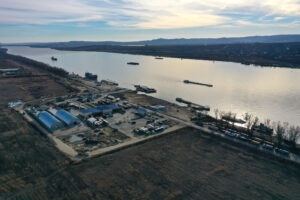Investments during the war. Interview with Yuri Dimchoglo, the founder of the Orlivka ferry complex
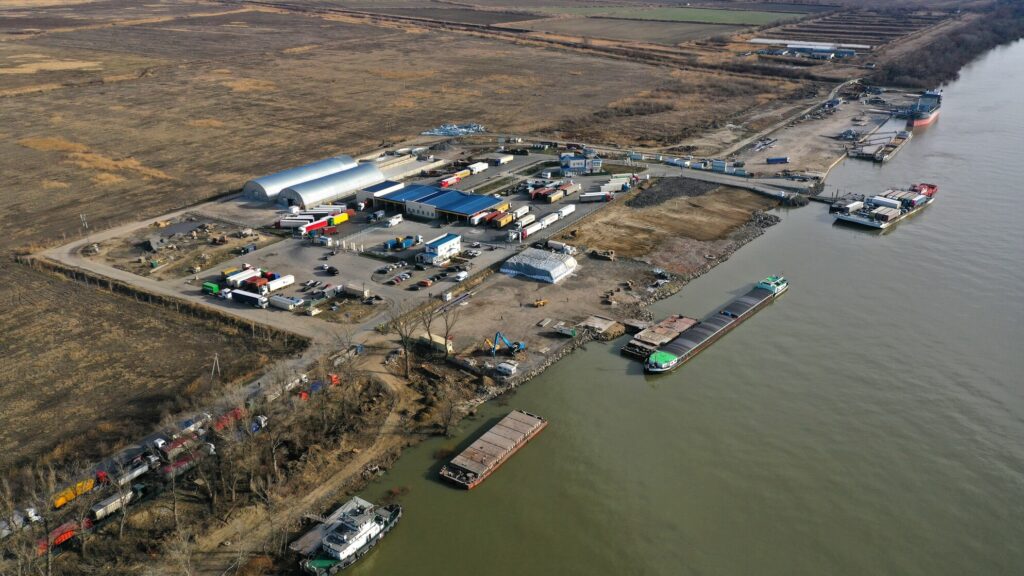
Currently, the Orlivka ferry complex works as a crossing, checkpoint and, at the same time, a cargo terminal. The war also affected the nomenclature of cargo handled at the berths of the complex.
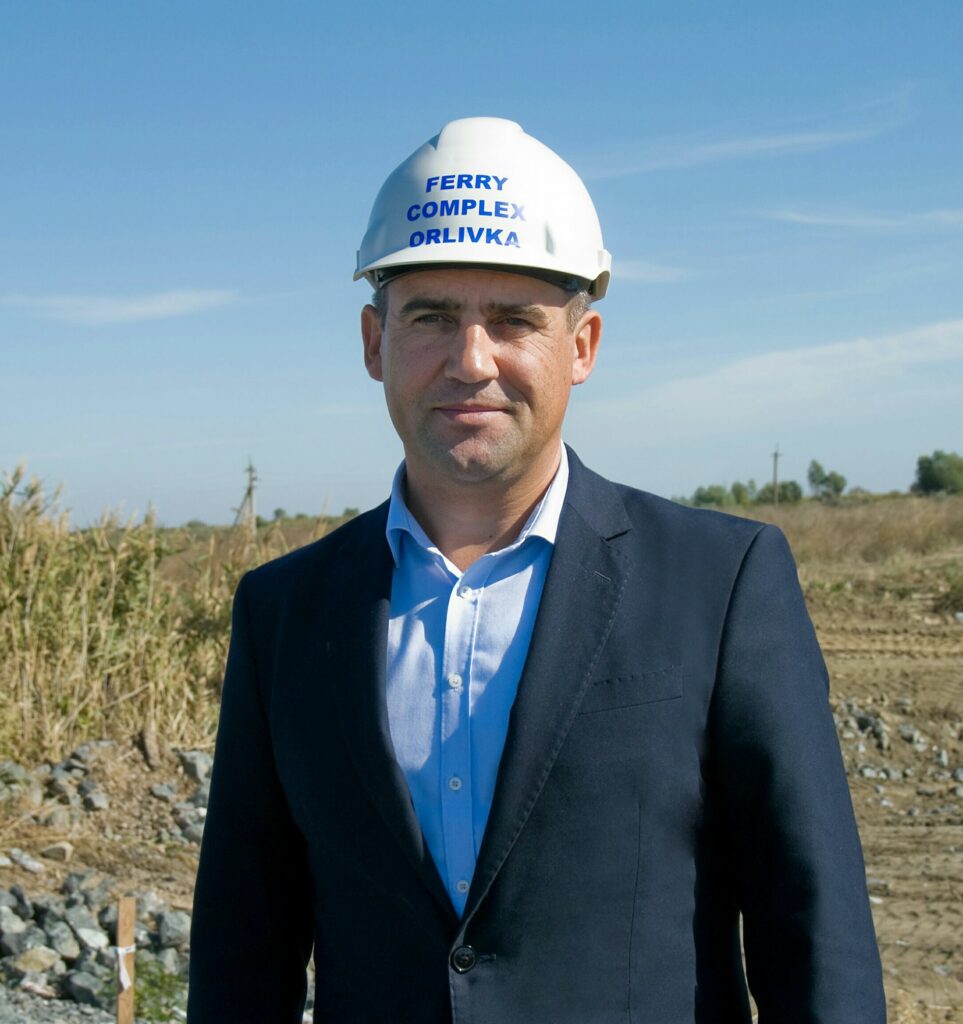
How did the Orlivka ferry complex work before the full-scale war, what indicators did it manage to reach in 2021?
The ferry complex opened during the pandemic in 2020. It was then that we worked with cargo vehicles, then passenger cars were not allowed. In February 2021, when the pandemic subsided and a year before the full-scale invasion began, we started working with cars. At that time, truck volumes were always at least 100-110 truckloads per day.
Today, the volumes are approximately the same as before the war. Our ferries are capable of transporting up to 200 trucks per day, but the problem is that the customs and border guards of the two countries do not have time to process requests. Because we are not only a crossing, but also a checkpoint. Because of this, sometimes the ferries run half full. To double these figures, Customs and Border Protection needs to increase the number of employees.
At the same time, it is worth emphasizing that today the Orlivka ferry complex is the leader in the Odesa region in terms of throughput. No checkpoint can catch up to our complex anyway. For example, the nearby checkpoint “Reni – Giurgiulesti” passes 40-50 trucks a day, and the checkpoint “Starokazache – Tudora” – 20-30 trucks.
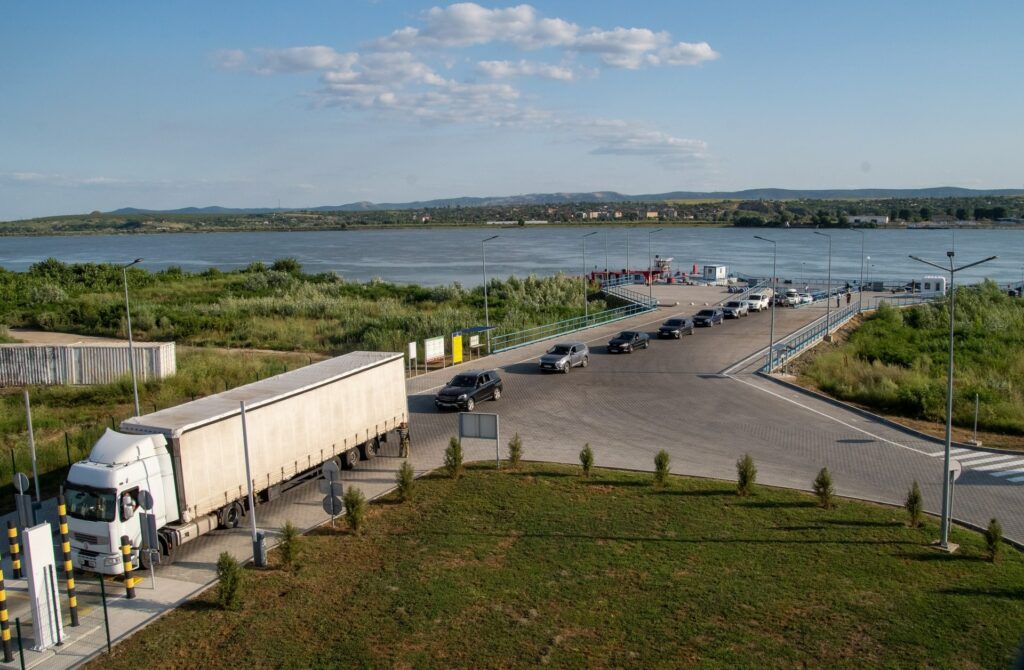
Did the load increase during the blockade of the ports of Great Odesa? How did it affect the company?
Of course, it has increased. As soon as the war started, we had two-week queues. There has been a great demand for our complex, in particular for container cargo. The blockade of the ports led to the fact that Ukrainian cargo had to be transported to the Romanian port of Constanta, which temporarily became the main hub for cargo from Ukraine.
At the beginning of June, this queue decreased to 1-2 days, this is due to the fact that some container terminals in the ports of Great Odesa started working in May and there is a possibility of direct deliveries by sea routes without motor vehicles.
The nomenclature of cargo has also changed, if earlier it was awning cars, refrigerators, vegetables, fruits, now 80% are containers.
As far as is known, now the ferry complex also works as a cargo terminal. What are the current transshipment volumes and how economically feasible is this decision?
Even before the war, we had all the necessary documents, as well as a permit for the construction of two additional marine universal moorings. A full-scale war began, the workload increased, so we started construction already in May 2022. These moorings were put into operation in September of the same year. Yes, we became a port in the shortest possible time. We were granted the status of a sea terminal, and also the sea water area of the Reni USPA was opened.
In the period of 2022-2023, the monthly volume of transshipment from the two berths reached 100-120 thousand tons of cargo. After the opening of the ports of Great Odesa in October 2023, volumes dropped significantly, today we are talking about approximately 50,000 tons per month.
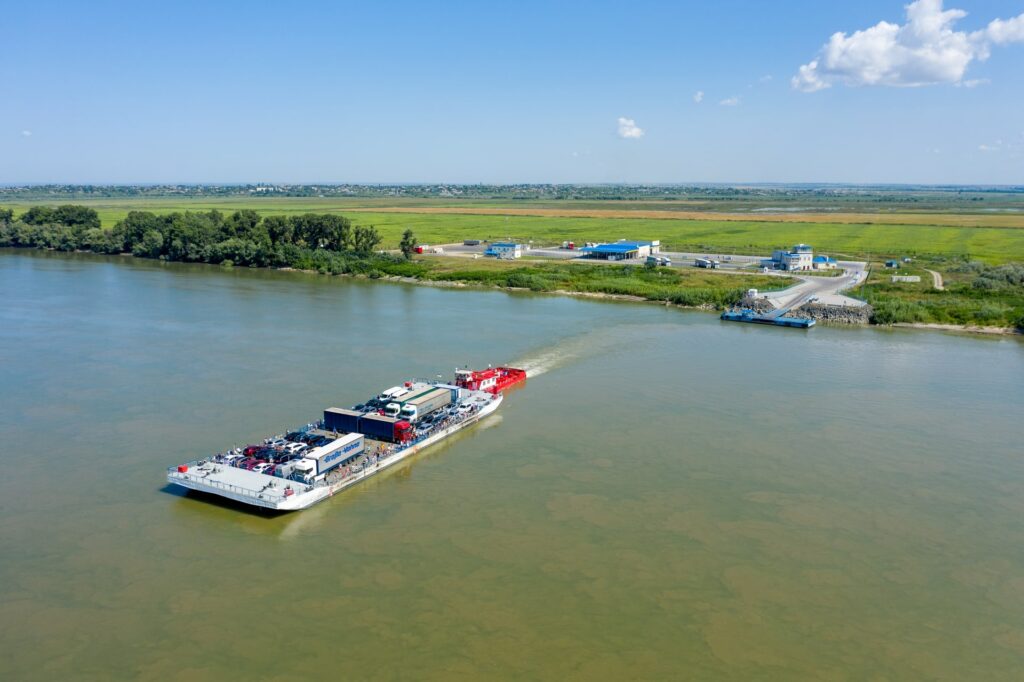
Are the depths you are currently working with sufficient for you?
We built moorings with a draft of 7 meters, which is the maximum passing draft of the Sulina estuary on the Danube. That is, all our berths have this draft, both in fact and according to passport data, and we do not need to carry out dredging.
What investments are still needed for the further development of the ferry complex?
Currently, the terminals on the Danube strategically need a railway. This applies in particular to Orlivka terminals. Such a decision at the state level regarding construction would facilitate logistics, as well as increase the volume of cargo transportation.
Tell us about your development plans for the near future?
We have plans to build another sea berth, it will be universal, i.e. for all types of cargo, including oil crops. We have already started construction, and also purchased a tanker with the ability to store one and a half thousand tons of oil cargo. We will be able to store and handle such types of cargo. We plan to launch the pier by the end of this year.
As for transshipment volumes, we cannot yet speak about certain specific figures, as a lot will depend on the situation on the Danube. Many specialists now say that the Danube will be in demand in the process of Ukraine’s European integration. During the war, these processes have already accelerated, we have contacts with Romania and Turkey.
Again, we return to the issue of customs, if Ukraine joins the EU, then all customs procedures will be simplified, this will give us the opportunity to increase the throughput, if we talk about ferry transportation. As for the port, then we can talk about the demand for cargo from Ukrainian manufacturers in the countries on the Upper Danube. This is also due to the cost of transportation, which is much cheaper on the Danube. For example, to transport a ton of cargo to Hungary or Austria now costs 20-25 euros, no car or railway transports at such a price.
We are also planning to build a second ferry pier with the Romanian side.
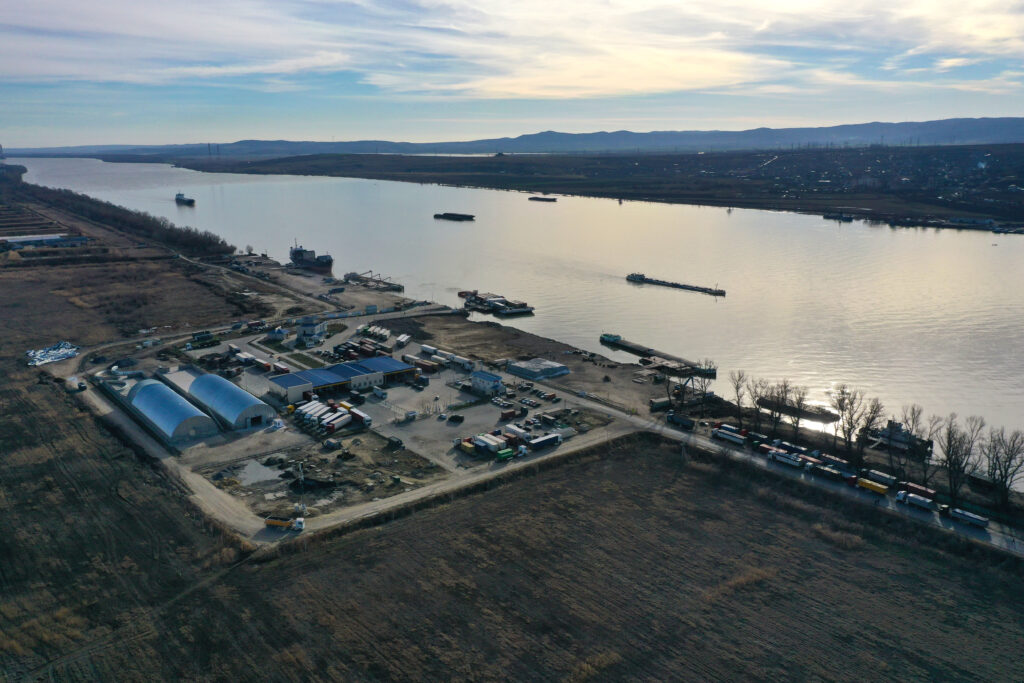
Romanian farmers planned to block the checkpoint last year, did they carry out their plans, and in general, what are your thoughts on such protests?
The checkpoint was not blocked, they protested for 30 minutes and left. Romania, if compared with Poland, does not resort to radical measures.
Maybe you have plans for your own fleet?
We currently have one tug on long-term lease (bareboat charter), if there is demand, we will increase the number of vessels.
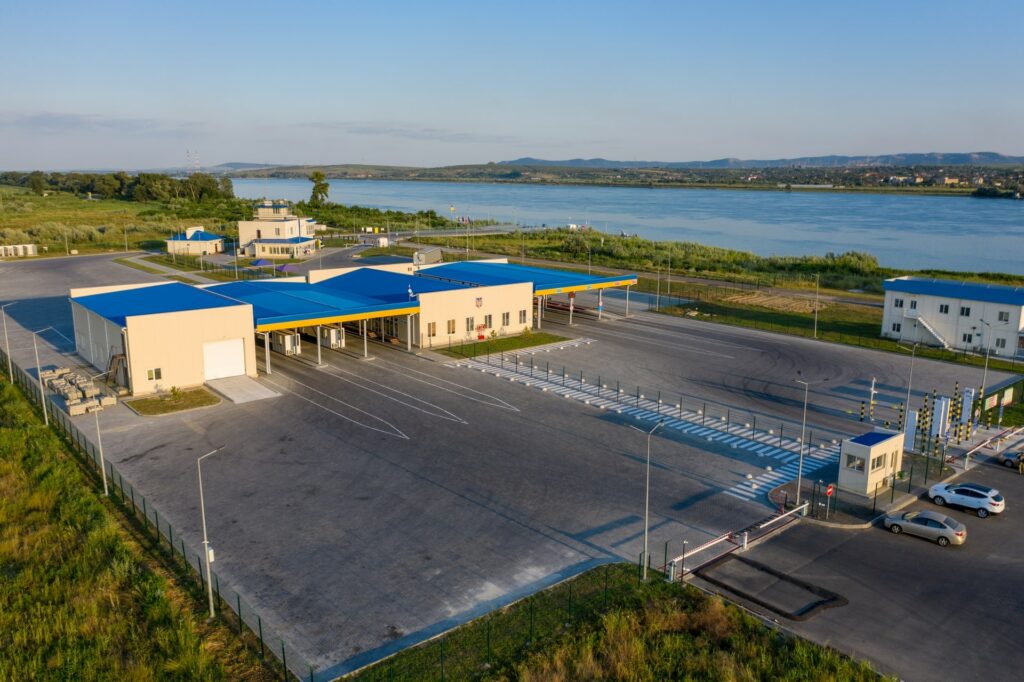
What are your plans for the passenger terminal?
After the war, we plan to open a passenger terminal for river transportation by passenger boats to the cities of Romania, primarily to Tulcea and Galați.
Tell us about the long-term plans of the Orlivka complex, the ambitions that you would like to realize? Is it possible that Orlivka will become a hub in the supply chain of Ukrainian products in the future?
We would like Orlivka to be used as a large-scale logistics hub. In fact, today it is a multimodal complex, as both sea and road transport pass through us. In particular, tourist buses heading to the resorts of Bulgaria cross the border through our checkpoint, it can be 30-40 buses per day.
We are ready to increase our infrastructure, but everything depends not only on us.



